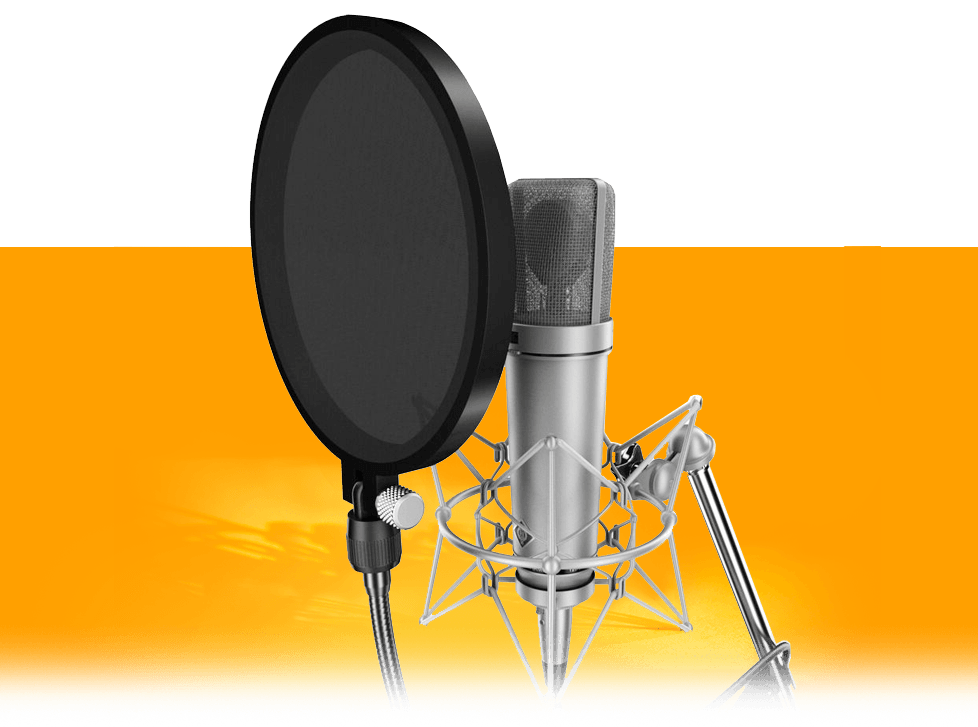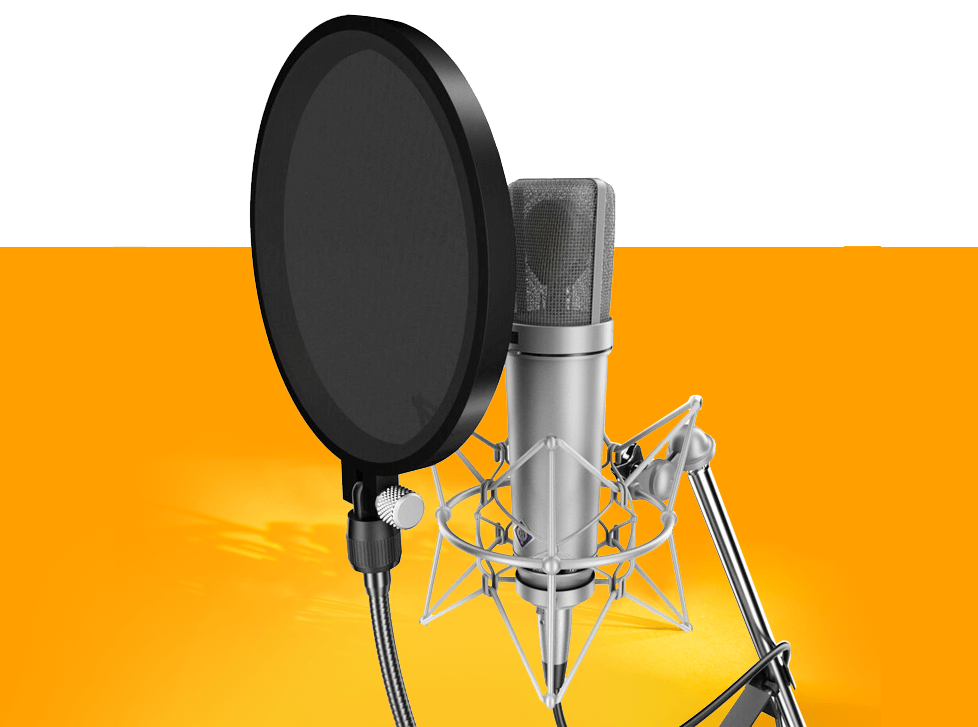What Equipment Do Professional Audio Engineers Use?
Jeremy Alves | November 2, 2022
For those pursuing a career in audio engineering, it’s considered a rite of passage to start building your own workspace with all the professional equipment you will need for the job.
Having the tools of the trade within arm’s reach shows that you are dedicated to your craft and can properly focus on producing quality audio for any number of applications.
The type of equipment involved in sound engineering is different from the standard microphones and desk speakers you see in a typical office. The first step in your journey to producing audio recordings professionally is to think about your workstation and the tools within it.
Read on to learn more about the tools that professional audio engineers use every day throughout their careers.
What to Consider First
Before you make your first purchase, do some planning to get an idea of what your studio will look like.
- What do you intend to accomplish? Are you heading towards a full-time career as an audio engineer, or are you recording as a hobby? Or maybe you might be somewhere in between, such as an enthusiast looking for part-time gigs. Either way, the scope of what you intend to accomplish will decide your budget.
- Will you be mobile or stationary? While most audio engineers work in dedicated studios, it’s not uncommon nowadays to see many of them working from home or even traveling to different recording studios around the country. If the latter describes your situation, then you should look at portable recording equipment.
- What type of environment will you be working in? Audio engineers working from home offices should think about background noise and whether the area they live in is conducive to professional recording. Think about investing in acoustic treatment and soundproofing for your home or office to filter out background noise.
Remember during your shopping that you can still upgrade or change tools over time should your needs change. Many audio engineers find that their careers evolve to the point where traveling might eventually be necessary, for example.
Choosing the Right Equipment for the Job
Production in music doesn’t require you to spend tens of thousands of dollars for an ideal setup. With a few basic components, any home office can be converted into an excellent space to work on your career. Mark Vogelsang, instructor at the Ontario Institute of Audio Recording Technology, sheds some light on this topic here, but let’s go over some of the essentials first.
A Studio Quality Microphone
We’re not talking about the cheap desk microphones that a lot of office workers use for Zoom calls. A studio microphone provides quality audio that works with a variety of instruments, from the guitar to the vocals.
Don’t forget to pick up microphone accessories either.
- A pop filter cuts out excessive low frequencies, making audio editing much easier in post.
- A stand with angle adjustment holds the microphone in the perfect spot to capture the sound.
- Cable management tools run the wires along the ground in such a way that no one can trip over them by accident. Most studios would end up with a mess of cables otherwise.
Some studios even have different microphones specialized for each instrument. The drums are a special case, as their sounds tend to be heavily varied in pitch and volume. It’s not uncommon to see multiple microphones set up for each part of the set like the snare drum and cymbals.
Headphones for Monitoring Your Audio
Headphones are a core component of a studio setup. While quality speakers are an option (especially for group listening), audio engineers need to be able to listen closely to their recordings and detect small frequencies to make adjustments. Only a high-end pair of headphones can provide that functionality.
Most consumer-grade headphones can sound different from a studio-quality one because of variations in how they’re built. The type of headphones music production artists wear are designed to reproduce sound as accurately as possible. Brands well-known for producing studio headphones include Audio-Technica and Sennheiser.
That being said, it might still be a good idea to pick up some cheaper consumer headphones (such as wireless earbuds) if you want to know what your music sounds like in a “regular” situation.
Workstation Computers
What’s the best way to get all your hardware and equipment working together? Music engineering today relies heavily on computer workstations to manage and edit multiple recordings. The choice of which one to use comes down to personal preference.
- Laptops are, of course, mobile, which helps if you tend to travel or just want to walk around the house with your work right in front of you. They can also be hooked up to a larger display, which helps immensely when editing tracks.
- Desktops might make more sense in terms of processing power, longevity, and a better price-to-performance ratio if you don’t need to move around a lot.
- All-in-ones are compact, negating the need for multiple wires or a desktop tower on your desk. The result is more room for your other audio equipment, hence why products like the Microsoft Surface Studio and the Apple iMac are so popular in music production.
Keep in mind, however, that most computer motherboards are not built for high-resolution sounds. An audio interface will be required to upgrade the sound output of your computer, as electrical interference inside the case can mess with your audio.
Audio Programs and Software
Hardware is only as useful as the software it runs. Audio engineering software is used to:
- Record, store, and edit recordings
- Handle large amounts of data from multiple projects while still staying organized
- Integrate and control all your equipment at once, possibly through a recording console.
Digital audio workstation (DAW) software helps move around audio tracks as you see fit. It comes with a variety of useful editing tools like equalizers, compressors, limiters, and metering solutions.
There are several dominant DAWs used throughout the industry, and it largely depends on preference. It’s worth trying free trials of dominant DAWs, like FL Studio and Ableton Live, to get a feel for which one you like.
Other Miscellaneous Tools
While you can get started with a computer and basic equipment, you also need to think ahead. Here are a few other purchases to plan out for.
- Control surfaces: Ever seen those studio setups with a ton of buttons, switches, knobs, and sliders? Chances are you were seeing a control surface like the CL-16 from Sound Devices. A computer keyboard isn’t sufficient for detailed audio control, so make room in the budget for a control surface.
- Cables: Microphones, headphones, and other audio equipment run on specialized cables. Choose ones that are long enough to reach all your devices yet robust enough that they don’t suffer from the distortions commonly found in cheap cables.
- Cable testers: Music studios work with a large number and variety of cable connections, all of which can suffer from power delivery issues that add noise and volume dips to the recordings. In case issues prop up, an audio engineer needs to be able to test out all the cables to get back up and running.
- Reference tracks: Music artists usually keep a collection of reference tracks, professionally remastered songs to be used for comparisons and benchmarks in order to create mixes or balance out tones.
- Makeshift acoustic treatment: Don’t have room treatment options yet? You can actually get away with using carpets, bookshelves, and even soft clothing to boost the acoustics of your studio space. It’s not ideal, but it can work in a pinch.
The list provided here is by no means exhaustive. The further you dig into audio engineering, the more useful tools you’ll find to help you out in your journey.
Get a First Taste of Professional Music Production at OIART
Does studio equipment sound like a big investment? That’s because it is, and working towards a production space is a time-consuming and high-cost endeavour that requires dedication to this line of work.
Brand new and aspiring audio engineers should look to a music production course first before placing the first order. You can not only take time to get used to the workflow in a real studio but also learn important skills that will help you in your career. Apply today for free and
browse our course content topics.
Ready to Start?
OIART's Audio Program Includes:
✓ Small Class Sizes
✓ On Site Facilities
✓ Industry Leading Instructors
✓ Post Grad Support & Guidance
✓ Exclusive 11 Month Program
Top Reasons Why You Should Choose OIART.
Have Questions?
If you have questions about our audio engineering and music production program or would like to book a tour, we would be pleased to speak with you.
Text Us: 519.200.4151
Share This With a Fellow Music Lover
Apply in 4 Steps!
Step 1: Click apply now.
Step 2: Answer 8 questions about yourself.
Step 3: Upload supporting documents.
Step 4: That's it! You are done.
Share this with fellow music lovers


